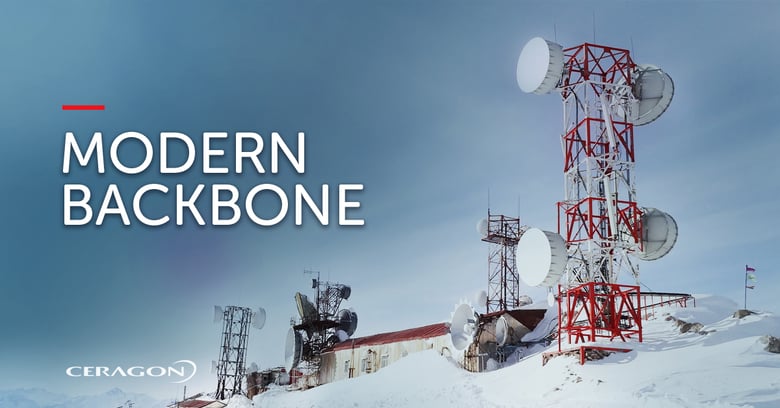|
|
Long-haul wireless backbone networks have been around for decades, typically bridging the connectivity gap between remote cities and rural areas where fiber is not available.
The initial challenge in building those networks was longer reach. The idea was to get the longest links, so that the number of relay sites between the endpoints could be reduced to a minimum.
While this challenge still exists, today’s modern digital lifestyle has added a capacity challenge to those networks. Connecting remote cities or rural areas now means creating an infrastructure for substantial data services. 4G network expansion, 5G service introduction, fixed broadband services, and business continuity and cloud services all need much higher capacity than traditional data services running alongside some TDM traffic on old backbone links.
This trend has led operators to seek a new kind of backbone infrastructure – one that not only enables longer reach with ultra-high-power radios, but also significantly upgrades the capacity delivered over that infrastructure.
There are, as always, some constraints to overcome as well. Take tower space, for instance. Towers that are used for long-haul connectivity are often loaded. In some cases, those towers are not owned by the operator, which must pay significant rent according to the space and/or weight it occupies on the tower.
This is where modern backbone solutions come to the rescue:
- Ultra-high-power radios bring longer reach, use smaller antennas (which reduce tower load) and increase link and service availability
- Unique technologies such as Advanced Space Diversity allow use of 25% less antennas in backbone links, which typically require space diversity for selective-fading resiliency
- All-outdoor long-reach solutions allow connections to sites in which shelter space is not available
- Wider-channel support in high-power radios allow operators to use a lower number of radios (when moving from 56MHz to 112MHz, for instance), thus reducing tower load and simplifying architecture
- Multicore radios allow an even lower number of radios and reduced tower load
- High-capacity networking units allow higher capacity per carrier and higher carrier-count per link
Utilizing the abovementioned capabilities and approaches, modernization processes and projects are occurring globally at a faster pace than ever.
One such project is the story of the Orange network in Niger, in which the operator needed to accelerate its 4G rollout and chose Ceragon backbone solutions to do just that. The project featured ultra-high-power multicore radios in both split-mount (IP-20N + RFU-D-HP) and all-outdoor (IP-20C-HP) configurations.
Orange Niger: accelerating rollout 4G backbone & modernization


